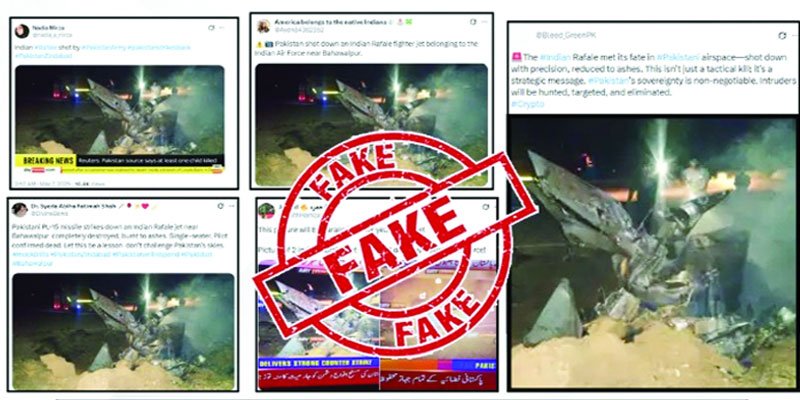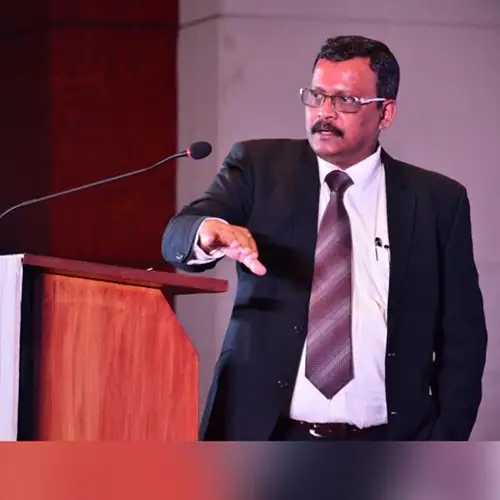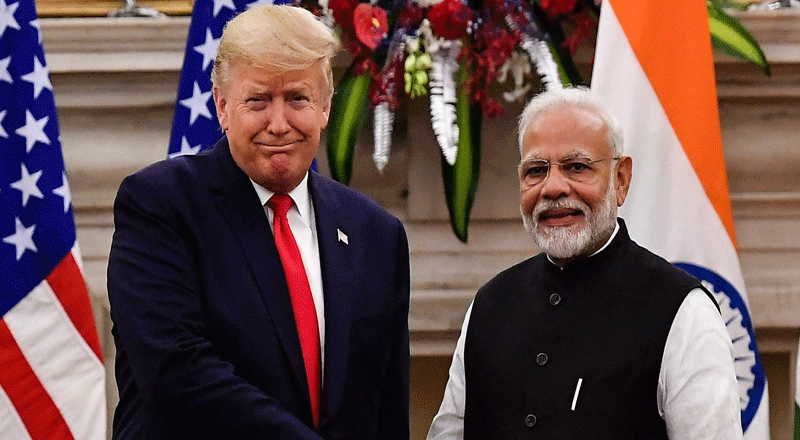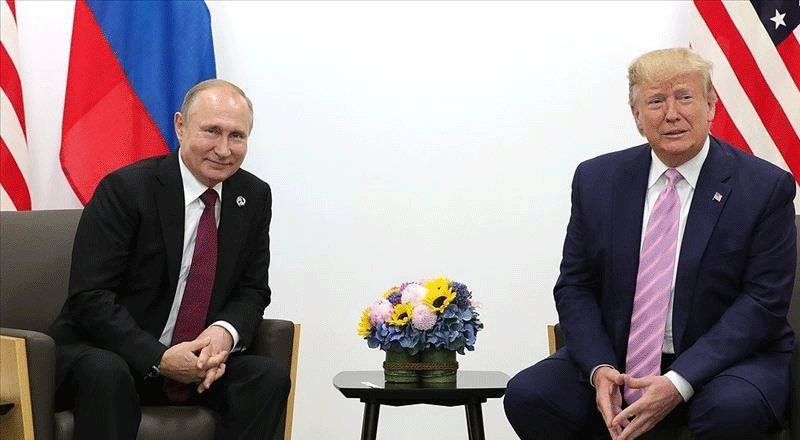
Operation Sindoor Sparks a New Faceoff: Truth vs. Propaganda in the Digital Arena
India Unmasks Pakistan’s Propaganda War After Operation Sindoor
In the aftermath of Operation Sindoor, a precision military operation by India targeting terror infrastructure in Pakistan-occupied Kashmir, India now faces a new, insidious threat—not on the battlefield, but online. A deluge of fake videos, doctored images, and fabricated narratives has emerged, particularly on social media platforms, aimed at distorting facts, creating panic, and undermining India’s credibility. These are not random posts—they form part of a calculated psychological and information warfare campaign, largely propagated by networks with links to Pakistan.
India’s response has been swift and strategic. The Press Information Bureau’s (PIB) Fact Check Unit has played a frontline role in identifying, exposing, and neutralizing misinformation. What follows is an in-depth look at the campaign of deception—and the facts that dismantled it.
Operation Sindoor: The Trigger Point
Operation Sindoor, launched on May 7, 2025, was India’s bold response to escalating cross-border terrorism and infiltration attempts. It involved targeted air and artillery strikes on terror launchpads and infrastructure deep within Pakistan-occupied Kashmir. The operation was hailed domestically for its surgical precision and internationally for exercising restraint while defending sovereign security.
As Indian forces successfully executed the mission, online platforms lit up with a barrage of fake news—a coordinated disinformation campaign, seemingly designed to shift the global narrative, demoralize citizens, and stir political unrest within India.
The Digital Smokescreen: Pakistan’s Social Media Propaganda
1. Fake Testimony of a Soldier in Pahalgam
One of the most viral videos showed a man claiming to be an Indian soldier, “Arif Diler Mushtaq,” accusing the Indian Army of staging fake encounters and being complicit in the Pahalgam terror attack. He dramatically invoked religious texts and renounced his past service.
Truth: The PIB debunked the video, stating that the individual had not reported for duty since March 2025 and had also been out of contact with both the army and his family. The video was part of a manipulated emotional appeal, created to delegitimize the army and stir dissent.
2. Fake Fire Videos Passed Off as Indian Cities Under Attack
Videos showing buildings engulfed in flames were widely shared under hashtags claiming Pakistani retaliation. In one instance, a user cited “#OperationBunyanulMarsoos” as the source of these visuals.
Truth: The footage was traced to a March 2025 fire in Nepal during political protests—completely unrelated to India or any Indo-Pak conflict.
3. Old Photos Masquerading as New Casualties
A photo of bodies covered in green cloth, surrounded by bricks, was used to falsely claim the deaths of 12 Indian soldiers.
Truth: A reverse image search linked the image to a 2011 report by Radio France Internationale, showing the bodies of Kashmiri separatists killed by Indian forces. The image was a decade old and taken entirely out of context.
4. Fake Ministry of Defence (MoD) Alerts on WhatsApp
Messages warning of civil preparedness measures under “Operation Sindoor,” allegedly from the Ministry of Defence, circulated on WhatsApp with government-like branding.
Truth: PIB confirmed that these messages were fabricated, and no such directive had been issued by the Defence Ministry.
Weaponizing Fiction: The Catalogue of Lies
Below are more key pieces of misinformation that PIB debunked in the days following Operation Sindoor:
5. Phantom Jet Crashes
A China Daily report claimed three Indian jets had crashed in Kashmir. The attached image, however, was from a 2019 crash and unrelated to any current operation.
6. NSA Ajit Doval’s Fake Facebook Statement
A Facebook post claimed NSA Ajit Doval had issued a warning about imminent Pakistani cyberattacks.
Truth: Doval has no official social media accounts, and the statement was entirely fabricated.
7. Sukhoi Shot Down Over PoK
Claims circulated that a Sukhoi Su-30MKI was downed near Muzaffarabad, and its pilot captured.
Truth: The photo used was from a 2014 crash in Maharashtra. No such incident occurred during Operation Sindoor.
8. Video Game Footage as Retaliation Clips
A clip showing massive MLRS rocket fire went viral as "evidence" of Pakistani retaliation.
Truth: The video was from a military video game, recycled from forums dating back over three years.
9. ATM Shutdown Hoax
Messages claimed that ATMs across India would be shut down due to cyber threats.
Truth: PIB confirmed that no such shutdown was planned. Banking services continued as normal.
10. Kabul Explosion Passed Off as Jammu Blast
Images of explosions at the Jammu Air Force Base were in fact from the Kabul Airport bombing in August 2021.
11. Hazira Port ‘Attack’
Footage claiming a Pakistani attack on Gujarat's Hazira Port was actually a 2021 explosion at Dubai’s Jebel Ali Port.
12. Jalandhar Drone Strike Hoax
A farm fire was sensationalized as a Pakistani drone strike on Punjab’s Jalandhar district.
Truth: Timestamp analysis showed it occurred prior to May 8, before any drone activity.
13. Fictional Army Units and Victories
Claims that Pakistan had destroyed a post held by “20 Raj Battalion” were made using graphics and fake voiceovers.
Truth: No such battalion exists in the Indian Army, confirming the entire narrative was fictional.
14. Beirut Blast Used as Missile Strike Footage
Footage from the 2020 Beirut explosion was passed off as a Pakistani missile attack on Indian cities.
15. Airport Closures Across India
Rumors claimed civilian airports had been shut nationwide.
Truth: The Ministry of Civil Aviation and PIB clarified that no restrictions had been implemented.
16. Fake Fidayeen Attack in Rajouri
False claims circulated about a suicide bombing at an Army brigade in Rajouri.
Truth: PIB investigations found no evidence of such an event.
The Strategic Takeaway: Disinformation as Psychological Warfare
These fabrications weren’t simply isolated hoaxes—they were part of a coordinated disinformation strategy by elements hostile to India’s geopolitical standing. The goal: sow confusion, erode trust in institutions, and turn the population against its own armed forces and government. This “digital insurgency” is a modern tool of hybrid warfare.
India’s counter-strategy has focused on:
1. Rapid rebuttal through PIB Fact Check
2. Public awareness campaigns to promote media literacy
3. Collaboration with tech platforms to flag and remove false content
Truth is the First Line of Defense
As India defends its borders with military precision, it also safeguards its citizens through informational vigilance. In this era of hybrid conflict, where the keyboard can be as dangerous as the Kalashnikov, India’s commitment to truth is both a moral and strategic imperative.
Operation Sindoor may have been a triumph on the ground, but the ongoing war in cyberspace demands equal attention. The real-time fact-checking and public awareness efforts spearheaded by PIB are not just acts of rebuttal—they are acts of national defense.
Ultimately, the Indian public’s critical thinking, responsible sharing, and media literacy will remain the strongest bulwarks against foreign misinformation. In this war of perception, truth isn’t just a value—it’s a weapon.
(With agency inputs)







